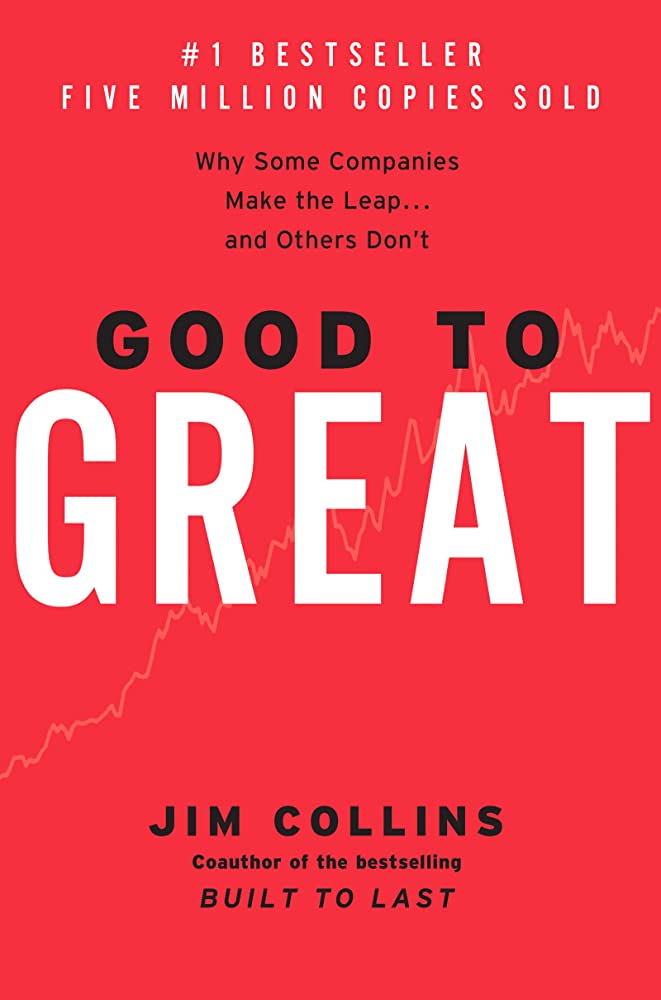Emotional Branding
RATING


Years ago we were able to walk through a store, strolling down aisles until we found the product that we needed to purchase. There would be little indecision; competition was rare and there would be little question as to which product to purchase. Consumers were all the same, embodying one gigantic pool of potential customers that all needed that same, generically produced product. However, that is not the case in modern society where brands have erupted to become a defining factor in the marketplace.
Emotional Branding: The New Paradigm for Connecting Brands to People is the culmination of Marc Gobé and his thoughts on how brands are defined by individual perception.
Tying the brand to the people, Marc uses the book to establish how people can be categorized so that marketing techniques are better aimed and focused at the proper consumer base; while it may focus on broad racial and sexual generalizations, it provides a glimpse at who the consumer is and how they perceive certain aspects of American culture. It is by these grouped individuals that Marc suggests humanizing brands and how companies present themselves. Divided into four sections – customer, sensory experiences, imagination, and vision – Marc deeply explores the emotional ties in branding and how these ties bind the brand to the individual.
Emotional Branding does a wonderful job connecting the individual to the branding process. Marc delves into how the customer is best understood when their emotions are engaged, primarily through a mutual relationship between the business and consumers. Those consumers are broken down by the author into categories that are relatively simple and clear for the reader to understand. The examples that Marc employs throughout the book are supplemented by quality visuals that provide flesh to the emotional branding skeleton that is discussed. Case studies sourced from the author’s own consulting firm provide strong accounts of how emotional branding comes into play for businesses.
The book is a great cornerstone for understanding how emotions play into the branding process, yet is severely lacking in terms of guidance and processes to implement this understanding into company operations. Sections allude to there being connections between symbols and emotions, but how they are tied is not clarified. There is also the lingering feeling that the book is self-serving as the author seemingly plugs his consulting company as the only real way to fully implement the ideas of the book into practice. Concepts used within the book are interesting, but not revolutionary as they are quite intuitive and obvious, making them borderline repetitive of common knowledge. Those looking to research the topic further should read Aaker’s Managing Brand Equity, a classic book on branding, or Schmitt’s Experiential Marketing. Pine and Gilmore’s “The Experience Economy” would be a great supplement as well.
Emotional Brandingis the best selling revolutionary business book that has created a movement in branding circles by shifting the focus from products to people. The “10 Commandments of Emotional Branding” have become a new benchmark for marketing and creative professionals, emotional branding has become a coined term by many top industry experts to express the new dynamic that exists now between brands and people.
The emergence of social media, consumer empowerment and interaction were all clearly predicted in this book 10 years ago around the new concept of a consumer democracy. In this updated edition, Marc Gobé covers how social media helped elect Barack Obama to the White House, how the idea behind Twitter is transforming our civilization, and why new generations are re-inventing business, commerce, and management as we know it by leveraging the power of the web.
In studying the role of women as “shoppers in chief, “and defining the need to look at the marketplace by recognizing differences in origins, cultures, and choices, Emotional Brandingforesaw the break up of mass media to more targeted and culturally sensitive modes of communications. As the first marketing book ever to study the role of the LGBTQ community as powerful influencers for many brands, Emotional Branding opened the door to a renewed sensitivity toward traditional research that privilege individuality and the power of the margins to be at the center of any marketing strategy.
A whole segment in the book looks at the role of the senses in branding and design. The opportunity that exists in understanding how we feel about a brand determines how much we want to buy. By exploring the 5 senses, Emotional Brandingshows how some brands have built up their businesses by engaging in a sensory interaction with their consumers.
Emotional Branding explores how effective consumer interaction needs to be about senses and feelings, emotions and sentiments. Not unlike the Greek culture that used philosophy, poetry, music, and the art of discussion and debate to stimulate the imagination, the concept of emotional branding establishes the forum in which people can convene and push the limits of their creativity. Through poetry the Greeks invented mathematics, the basis of science, sculpture, and drama. Unless we focus on humanizing the branding process we will lose the powerful emotional connection people have with brands.
Critics hailed Emotional Brandingas a breakthrough and a fresh approach to building brands. Design in this book is considered a new media, the web a place where people will share information and communicate, architecture a part of the brand building process, and people as the most powerful element of any branding strategy. Most importantly, it emphasizes the need to transcend the traditional language of marketing–from one based on statistics and data to a visually compelling new form of communication that fosters creativity and innovation.
Emotional Branding is best used by those who want to have a basic understanding of emotional branding but not the technical prowess to implement it into everyday operations. Rather than marketers who would probably already understand the concepts, upper management would benefit the most because the knowledge would allow them to connect with their marketers and understand their thought processes without having to learn the intricacies of creating an emotional brand.

Without any real information on how to integrate emotional branding into company operations, Marc’s book simply serves as a research tool that examines how emotional branding has become a part of the business environment.
See content on this topic
Understand the value of a customer-oriented analytics package and how behavioral scenarios can be used to improve profitability through influencing behavior and usage.
To understand the principles of game dynamics and learn how to effectively use the elements of gamification in business: to involve customers, employees and contractors in the process.
Understanding branding and communications from the standpoint of emotional engagement and building relevant and meaningful dialogue with customers.
This course covers a complete view of customer touch points (both physical and virtual) and a unique model for standardizing and managing customer contact models across channels including approaches for customer feedback, quality management, and migration.
Experiential Branding & Communications – Improving Brand Integration Through Emotional Engagement.
This course covers a complete view of customer touch points (both physical and virtual) and a unique model for standardizing and managing customer contact models across channels.




 Copy Link
Copy Link
 E-mail
E-mail
 LinkedIn
LinkedIn
 Facebook
Facebook
 Telegram
Telegram
 WhatsApp
WhatsApp


















 Go Back
Go Back
Leave a Reply
You must be logged in to post a comment.